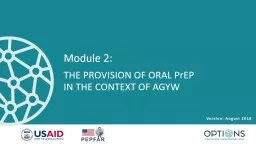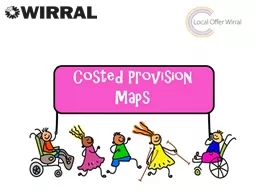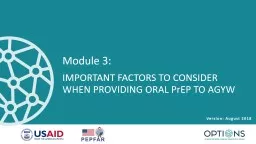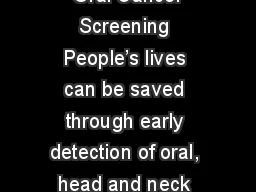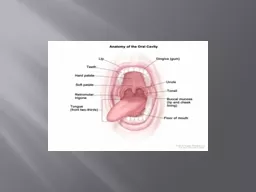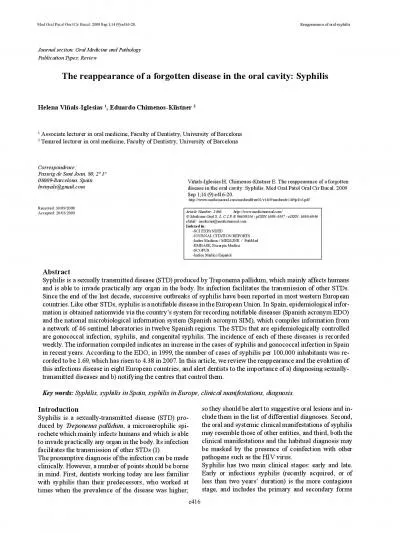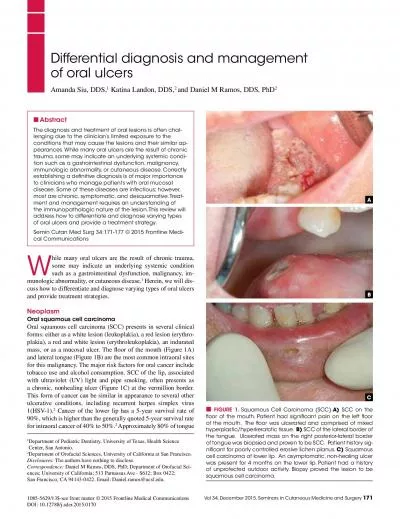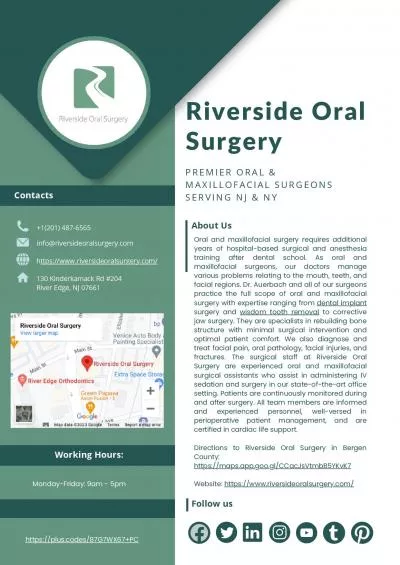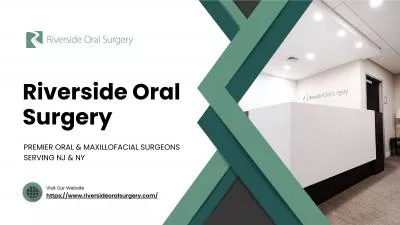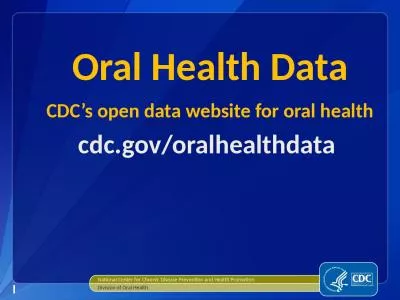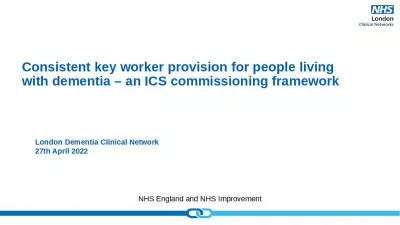PPT-Module 2: THE PROVISION OF ORAL
Author : pasty-toler | Published Date : 2019-06-25
PrEP IN THE CONTEXT OF AGYW Version August 2018 Outline of training Module 1 Introduction to oral PrEP PrEP the basics What is combination prevention How effective
Presentation Embed Code
Download Presentation
Download Presentation The PPT/PDF document "Module 2: THE PROVISION OF ORAL" is the property of its rightful owner. Permission is granted to download and print the materials on this website for personal, non-commercial use only, and to display it on your personal computer provided you do not modify the materials and that you retain all copyright notices contained in the materials. By downloading content from our website, you accept the terms of this agreement.
Module 2: THE PROVISION OF ORAL: Transcript
Download Rules Of Document
"Module 2: THE PROVISION OF ORAL"The content belongs to its owner. You may download and print it for personal use, without modification, and keep all copyright notices. By downloading, you agree to these terms.
Related Documents

